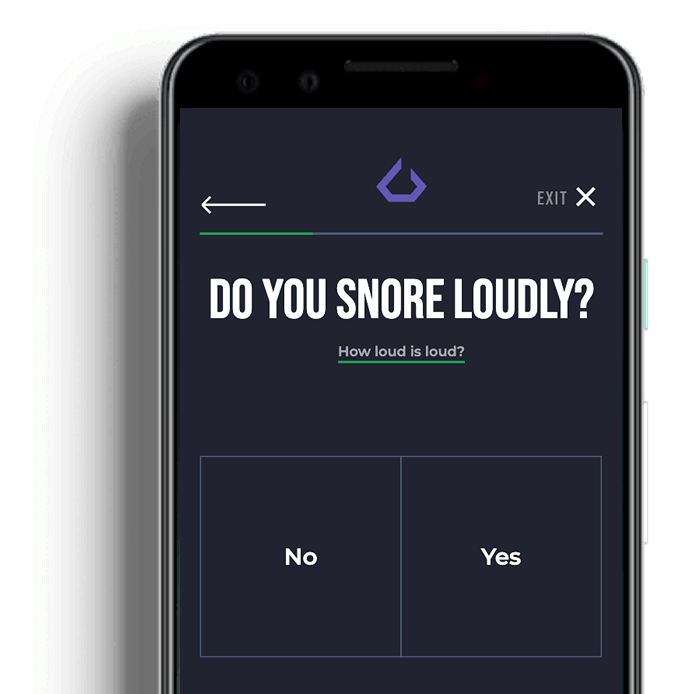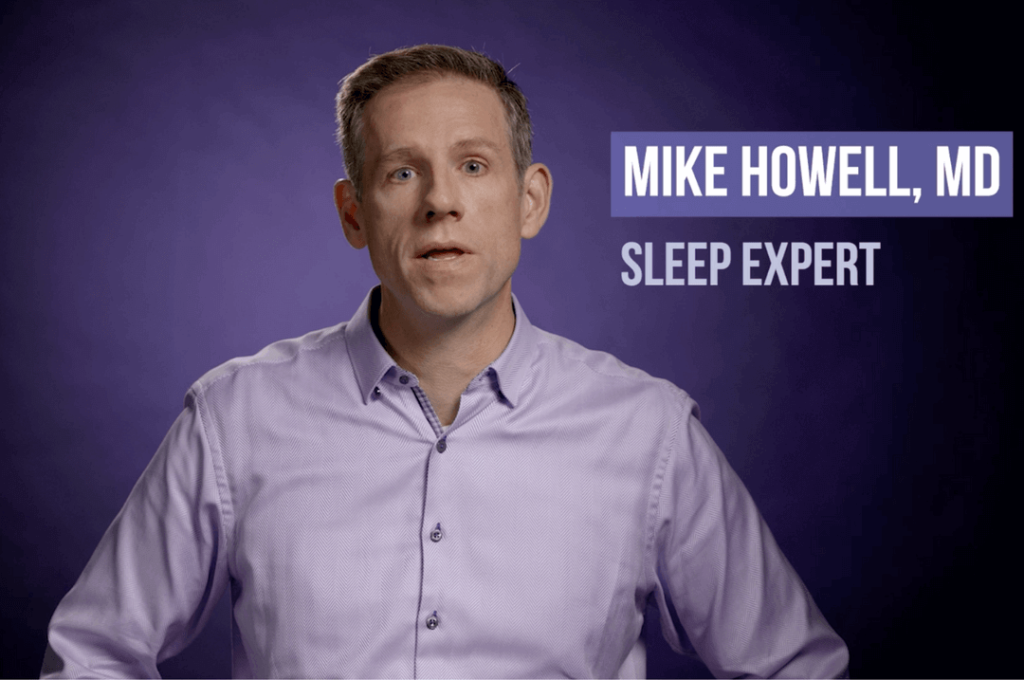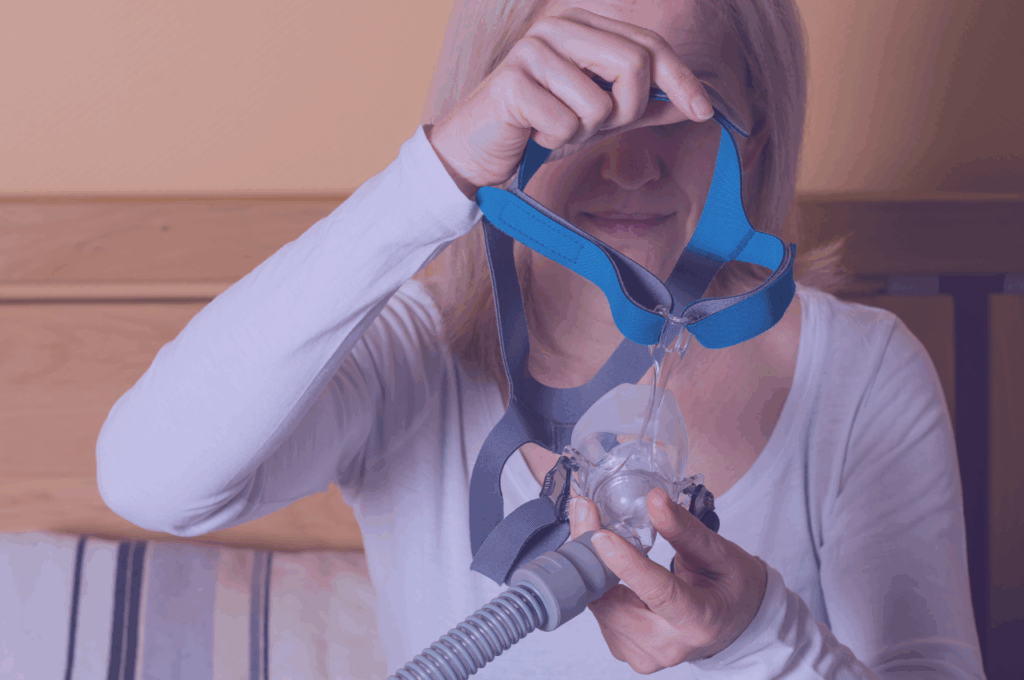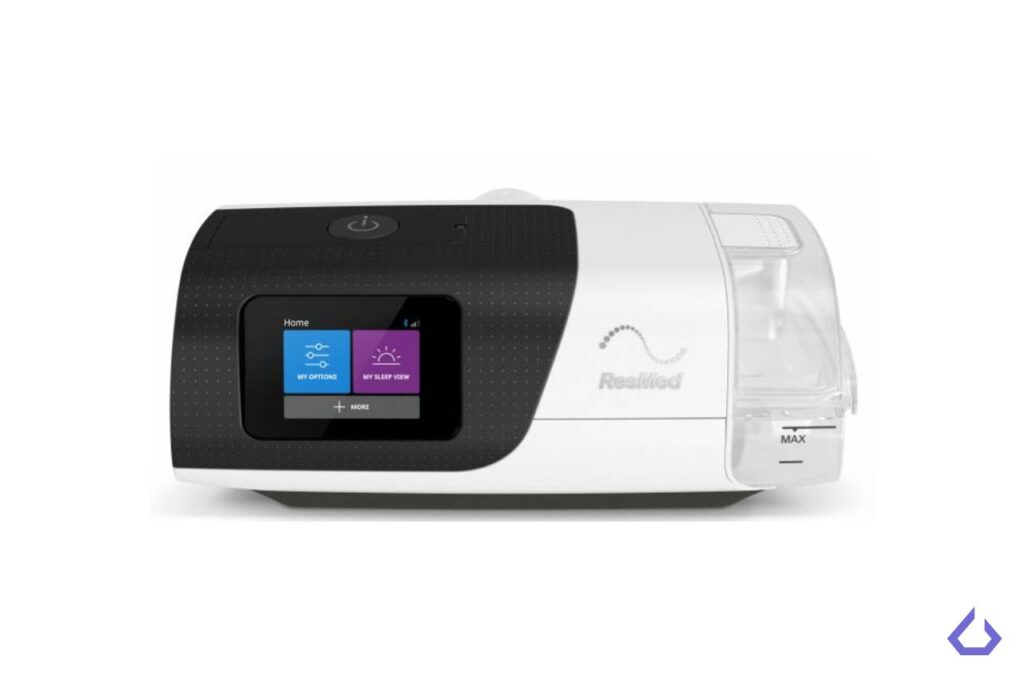You’ve received your diagnosis and now it’s time to start treating your sleep apnea! Let’s get started with the basics.
Like millions of other Americans, you’ve been diagnosed with sleep apnea. Now that you can finally name your sleeping problem, you can also address the issue directly; with a Continuous Positive Airway Pressure device, more commonly known as a CPAP. It’s going to help keep your airway open at night, so you can have a deeper, more restful sleep. But first you need to set it up and adjust it to your personal preferences!
Setting up your CPAP
You’ll want to set up your machine on a level surface that is lower than the level of your head (think nightstand). Plug the power connector into the rear of the device and the other end into an outlet. Make sure the cord is safely placed where it can’t be tripped over or jostled.
Next, connect your air tubing to the rear of the device. Then remove the machine’s humidifier (which helps regulate the humidity of the air passing through the machine)and fill it to the maximum water level mark with room temperature, distilled water. You will need to use distilled water – you can get this at stores likeCVS or Target for about $1.50/gallon. After you’ve done that, close the humidifier and put it back into the machine. Connect the free end of your airtubing into your device’s mask, and you’re ready to use your CPAP for the night.
Finding the right settings for you
It can take some time to get used to sleeping with your CPAP device. Be patient, but within a couple of weeks you should notice that you are sleeping better. In the meantime, there are a few adjustments that can be set to your personal preferences:
- Humidity Level: If you wake up with a dry or runny nose, it probably means your CPAP’s humidity level is too low. On the other hand, if you’re finding water droplets or condensation on your nose, mask, or air tubing, your machine’s humidity level is too high. You can adjust the humidity level easily by going into the machine’s options menu and finding a setting that works for you.
- Ramp Time: Not everyone can fall asleep with their CPAP running at the prescribed treatment pressure. The device can be adjusted to run at a lower air pressure setting and slowly increase over time. This is a feature called Ramp Time, and it can be adjusted by going into your device’s options menu. Here are some reasons to adjust your machine’s Ramp Time.
- Turn on/increase the Ramp Time:
- If you’re having trouble falling asleep.
- If you are feeling slightly bloated from swallowing air.
- Turn down/off the Ramp Time:
- If you feel you’re not getting enough air pressure through the mask.
Putting on your mask
Getting the mask of your CPAP device to fit just right will help make sure you’re able to rest comfortably while the machine is doing its job. While there are a variety of mask options out there, here are some helpful tips for having yours on properly:
- While the device is off and the mask is disconnected from the air tube, hold the mask’s cushion/pillow firmly against your nose/face.
- Place the straps or loops around the back of your head or ears, respectively. Make sure the material isn’t twisted and is laying flat against your head.
- Gently tighten the straps/clasps of the headgear, starting with the upper most and working your way down if there’s more than one set. Do not over tighten; the fit should be airtight but comfortable and light on your face. You should be able to easily lift it off your face in order to speak.
- Reconnect the air tube to the mask and turn on the device. Lay down and make any further adjustments to the mask for comfort. Then enjoy. Soon you will be on your way to a refreshing night of sleep!
Today’s the day to change your life.

Sleeping with a CPAP will feel different at first, but the adjustment period doesn’t mean you have to be uncomfortable. Everyone is different, so don’t be afraid to play around with the options until you find the perfect settings just for you.
When you wake up in the morning, or if you wake up for some time in the middle of the night, just go ahead and turn off your machine. Note that some models may turn off automatically when you take the mask off.
If you have questions or would like additional support, please contact us at info@gem.health.






